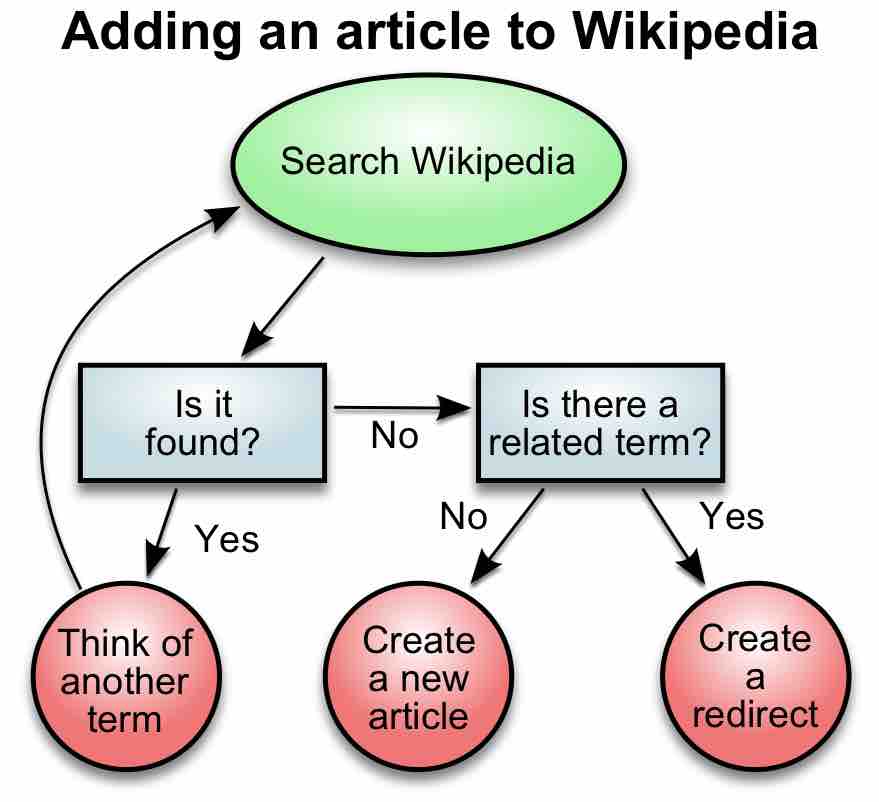Ethics are moral principles that guide a person's behavior. These morals are shaped by social norms, cultural practices, and religious influences. All decisions have an ethical or moral dimension for a simple reason—they have an effect on others. Managers and leaders need to be aware of their own ethical and moral beliefs so they can draw on them when they face decisions. They can then effectively think through an ethical issue with the same types of approaches they use for other decisions.
Decision Trees
Decision trees are graphical representations of alternatives and possible outcomes. The decisions are represented by the branches of the tree. Organizations and individuals often use decision trees as part of their decision-making process because they are a means for adding formal structure to information about a decision. Identifying the range of possibilities and their potential consequences helps clarify the decision and facilitates selection of an alternative.

Decision tree
An example of a decision tree.
Decision trees can be applied to ethical matters as well. If confronted with an ethical dilemma, creating a decision tree is a useful method for analyzing what the potential outcomes of each action would be, and ultimately, how to proceed. It is a particularly useful tool for considering stakeholders such as employees, customers, shareholders, and communities. The answers to questions about what stakeholders will be affected and what the effects will be help build the case for or against each alternative. Often there will be competing interests, or situations in which two different values are in competition. For instance, a decision to close a coal mine because coal contributes to global warming may be positive for society at large, but it imposes high costs on the employees who will lose their jobs. Decision-tree analysis can help identify or uncover the potential impacts of alternatives so that a decision maker can select the one that is most consistent with her ethical and moral beliefs.